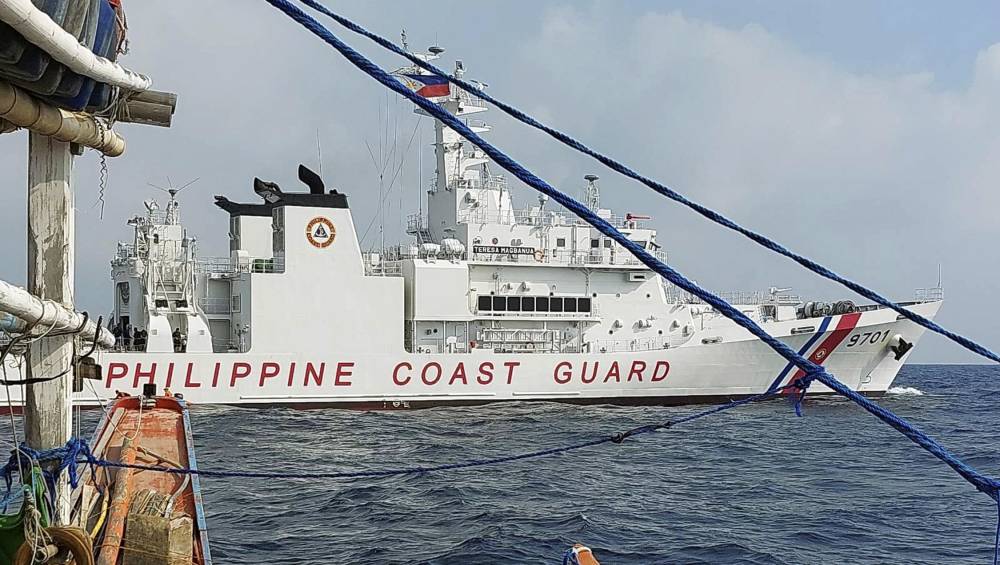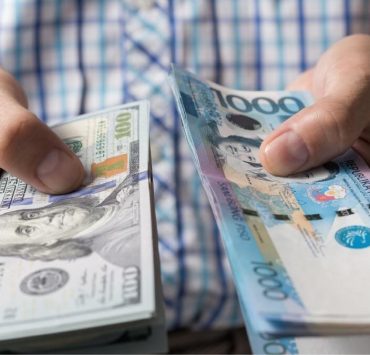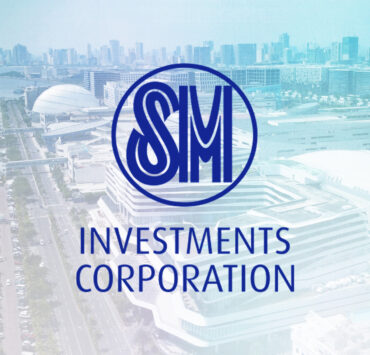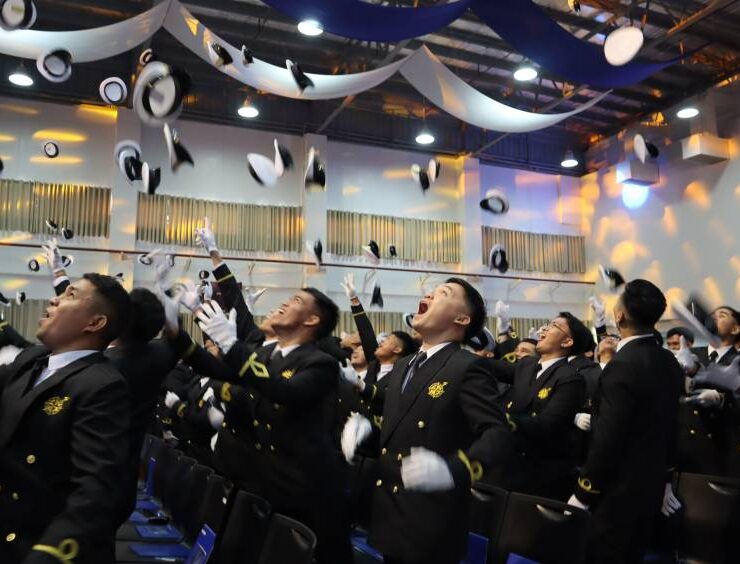PH seafaring industry emerges as ‘economic powerhouse’

The Philippine seafaring industry is proving itself to be an “economic powerhouse” that contributed as much as P1.06 trillion into the economy in 2024, with the potential to add even more in the next few years.
According to a study by the University of Asia and the Pacific (UA&P) and ALMA Maritime Group, the sector’s direct economic impact reached P331.7 billion last year, supporting nearly 400,000 jobs, while seafarer households earned P150.1 billion.
These account for roughly 2.2 percent of the country’s gross domestic product (GDP).
Winston Padojinog, president of the UA&P Center for Research and Communication, said every peso spent by shipowners and remitted by seafarers multiplies threefold in the economy, bringing the total industry impact to P1.06 trillion and equivalent to 4 percent of GDP last year.
“The maritime industry is a critical junction that connects our shipholders and seafarers to the global market,” Padojinog said.
“When a seafarer is hired and sends money home, and when shipowners spend money inside the Philippines before deployment, it is not just the family who benefits. The whole community does,” he added in a briefing.
Padojinog also said that the industry “could evolve from a labor export sector into a national economic strategy.”
Since 2021, the sector has directly contributed P1.47 trillion to the economy, or about P377 billion every year.
The P268.8 billion spent yearly by seafarer households, meanwhile, mainly goes to food, housing, utilities and transport, which bolsters local economic output.
Padojinog said foreign shipowners also contribute before seafarers even leave port.
Last year, shipowners injected P54.3 billion in the country through domestic expenditures, which Padojinog described as “foreign investment flowing directly into Philippine business.”
“Foreign shipowners choose Filipino seafarers year in, year out because of the need to fill certain global needs that only Filipinos can meet,” he said. “Every Filipino at sea means a Filipino family on land has hope.”
Threats
Still, regulatory uncertainty, uneven enforcement and legal ambiguity threaten the Philippine seafaring industry.
Padojinog said that while seafarers’ training is paid for by shipowners, the government should ensure a “predictable regulatory and justice system, rules-based regulation, and clear, fair taxes.”
This would then bolster shipowner confidence in Filipinos.
“Instead of retraining retired seafarers into industries that are new to them, we can build ship management and maritime service industries here at home,” he said.
“This keeps high-income maritime careers in the Philippines and brings global shipping revenue into the local economy. With stability and trust, shipowners will invest, and Filipino seafarers can build a world-class industry on our own shores.”



















